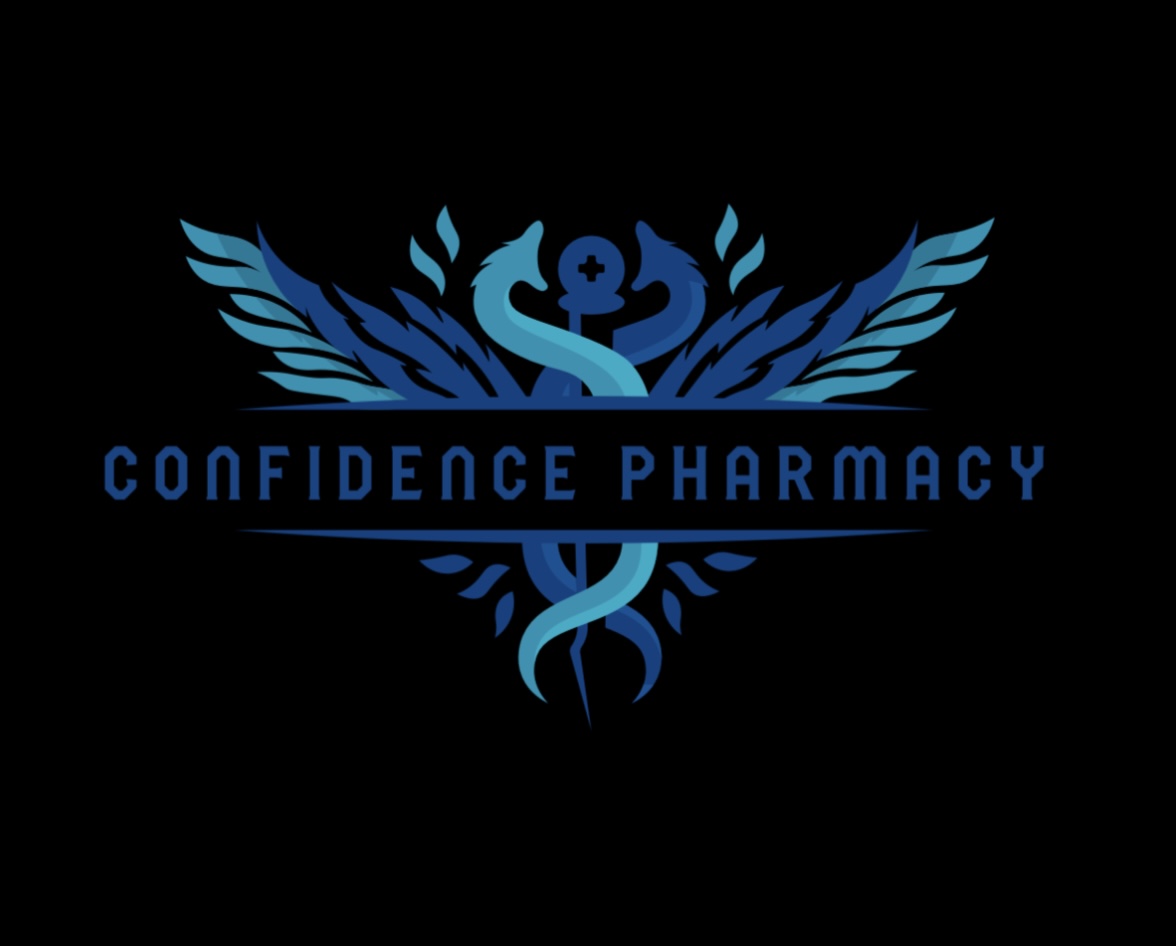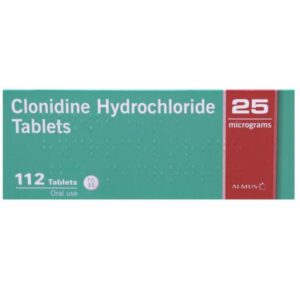Buy Ritalin 40 mg Tablets Online
Ritalin, known generically as methylphenidate, is a central nervous system (CNS) stimulant commonly prescribed for the treatment of Attention Deficit Hyperactivity Disorder (ADHD) and narcolepsy. As one of the most widely recognized medications for ADHD, Ritalin has helped millions of individuals improve their focus, attention, and behavior. This detailed guide will explore Ritalin’s other names, dosages, common side effects, and overall benefits.
Ritalin, allgemein bekannt als Methylphenidat, ist ein Stimulans für das Zentralnervensystem (ZNS), das häufig zur Behandlung von Aufmerksamkeitsdefizit-Hyperaktivitätsstörung (ADHS) und Narkolepsie verschrieben wird. Als eines der bekanntesten Medikamente gegen ADHS hat Ritalin Millionen von Menschen dabei geholfen, ihre Konzentration, Aufmerksamkeit und ihr Verhalten zu verbessern. In diesem ausführlichen Leitfaden werden die anderen Namen, Dosierungen, häufigen Nebenwirkungen und allgemeinen Vorteile von Ritalin erläutert.
Other Names and Forms
Methylphenidate, the active ingredient in Ritalin, is marketed under various brand names and formulations. These include:
- Ritalin: The original brand name by Novartis.
- Concerta: A long-acting form of methylphenidate.
- Metadate: Available in both immediate-release and extended-release formulations.
- Daytrana: A transdermal patch that delivers methylphenidate through the skin.
- Methylin: Available as chewable tablets and oral solution.
- Aptensio XR: An extended-release formulation.
These variations allow for flexibility in treatment plans, accommodating different patient needs and preferences.
Dosage Guidelines
The dosage of Ritalin must be carefully tailored to the individual, taking into account factors such as age, weight, the severity of symptoms, and response to treatment. It is crucial to follow the prescribed dosage to ensure safety and efficacy.
For ADHD
- Children (6 years and older) and Adolescents:
- Initial dose: 5 mg taken twice daily (before breakfast and lunch).
- Dose adjustments: The dosage may be increased by 5-10 mg weekly.
- Typical maintenance dose: 20-30 mg per day, divided into 2-3 doses.
- Maximum dose: Should not exceed 60 mg per day.
- Adults:
- Initial dose: 5-10 mg taken once or twice daily.
- Dose adjustments: The dosage may be increased by 10 mg weekly.
- Typical maintenance dose: 20-30 mg per day, divided into 2-3 doses.
- Maximum dose: Should not exceed 60 mg per day.
For Narcolepsy
- Adults:
- Initial dose: 10 mg taken twice daily (before breakfast and lunch).
- Dose adjustments: The dosage may be increased by 10 mg weekly.
- Typical maintenance dose: 20-30 mg per day, divided into 2-3 doses.
- Maximum dose: Should not exceed 60 mg per day.
Administration
- Immediate-Release Tablets: Usually taken 2-3 times daily, 30-45 minutes before meals. The last dose should be taken before 6 PM to avoid insomnia.
- Extended-Release Tablets/Capsules: Typically taken once daily in the morning. These formulations provide a steady release of medication throughout the day, reducing the need for multiple doses.
- Transdermal Patch: Applied to the skin once daily and worn for about 9 hours, providing a gradual release of medication.
Common Side Effects
While Ritalin is generally well-tolerated, it can cause side effects. Awareness of these effects is crucial for managing them effectively and seeking medical attention when necessary.
Mild to Moderate Side Effects
- Nervousness: Increased anxiety and restlessness can occur.
- Insomnia: Difficulty sleeping, especially if taken late in the day.
- Loss of Appetite: Leading to weight loss and growth delays in children.
- Headache: Common but usually manageable with over-the-counter pain relievers.
- Stomach Pain: Gastrointestinal discomfort, including nausea.
- Increased Heart Rate and Blood Pressure: Regular monitoring is advised.
Severe Side Effects
- Cardiovascular Issues: Rarely, can cause serious heart problems, particularly in individuals with pre-existing heart conditions.
- Psychiatric Effects: Including mood swings, aggression, and hallucinations.
- Growth Suppression: Long-term use can affect growth rates in children.
- Dependence and Abuse: Methylphenidate has a potential for abuse and dependence, particularly in individuals with a history of substance abuse.
Overall Benefits
Despite its potential side effects, Ritalin offers several significant benefits, particularly when used appropriately under medical supervision.
Benefits in ADHD Management
- Improved Focus and Attention: Ritalin helps individuals with ADHD maintain better concentration and focus on tasks, improving academic and occupational performance.
- Behavioral Control: Reduces impulsivity and hyperactivity, leading to more stable and manageable behavior.
- Enhanced Executive Functioning: Aids in planning, organizing, and completing tasks, crucial for daily functioning.
- Better Quality of Life: Improvement in ADHD symptoms leads to better social interactions, self-esteem, and overall quality of life.
Benefits in Narcolepsy Management
- Increased Wakefulness: Helps manage excessive daytime sleepiness, allowing individuals with narcolepsy to stay awake and alert during the day.
- Improved Functioning: Enhances daily functioning and productivity by reducing the frequency and severity of sleep attacks.
Mechanism of Action
Ritalin works by inhibiting the reuptake of dopamine and norepinephrine in the brain, increasing their levels in the synaptic cleft. This action enhances neurotransmission and improves attention, focus, and behavioral control. The precise mechanism by which Ritalin improves symptoms of ADHD and narcolepsy is still not fully understood but is believed to involve these neurotransmitter pathways.
Comparisons with Other Stimulants
Ritalin vs. Adderall (amphetamine salts)
- Mechanism of Action: Both medications increase dopamine and norepinephrine levels but through slightly different mechanisms.
- Duration of Action: Adderall tends to have a longer duration of action compared to immediate-release Ritalin.
- Side Effect Profile: Both have similar side effects, though individual responses can vary.
Ritalin vs. Strattera (atomoxetine)
- Mechanism of Action: Strattera is a non-stimulant that selectively inhibits norepinephrine reuptake.
- Onset of Action: Strattera may take several weeks to reach full effectiveness, whereas Ritalin acts more quickly.
- Side Effect Profile: Strattera has a different side effect profile, often causing fatigue and gastrointestinal issues.
Conclusion
Ritalin remains a cornerstone in the treatment of ADHD and narcolepsy, offering substantial benefits in improving focus, attention, and behavior. Its various formulations provide flexibility in treatment, allowing for tailored approaches to individual needs. While it carries the risk of side effects, these are generally manageable under proper medical supervision. With its proven efficacy and overall benefits, Ritalin continues to be a valuable tool in managing these challenging conditions, significantly enhancing the quality of life for many individuals. As with any medication, it is essential to use Ritalin under the guidance of a healthcare provider to ensure safe and effective treatment.





Reviews
There are no reviews yet.